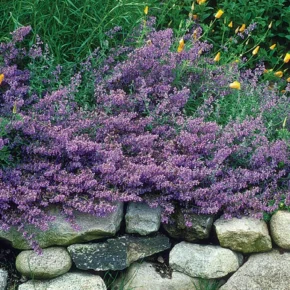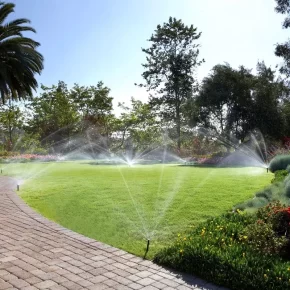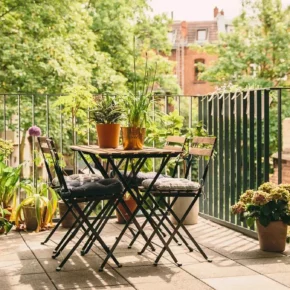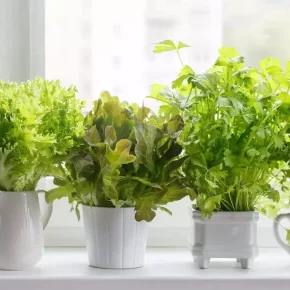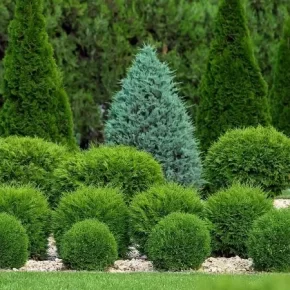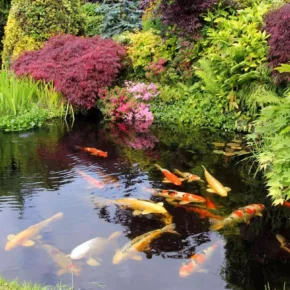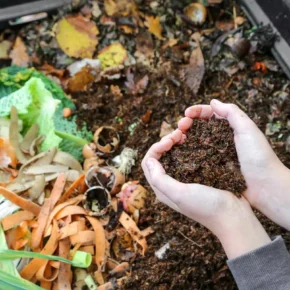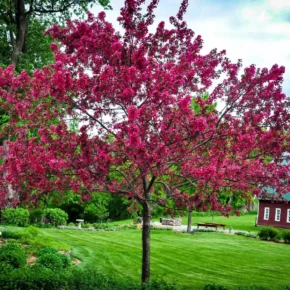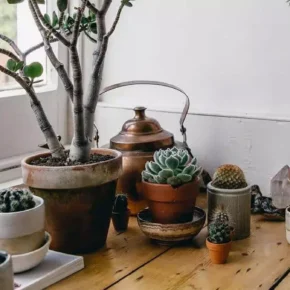Landscaping a small garden can be a challenge, but with the right approach, you can create a cozy and functional space that looks much larger than it actually is.
We have prepared for you the key aspects of landscape design for small gardens, including the choice of plants, planning the space and the use of decorative elements.
1. Space planning
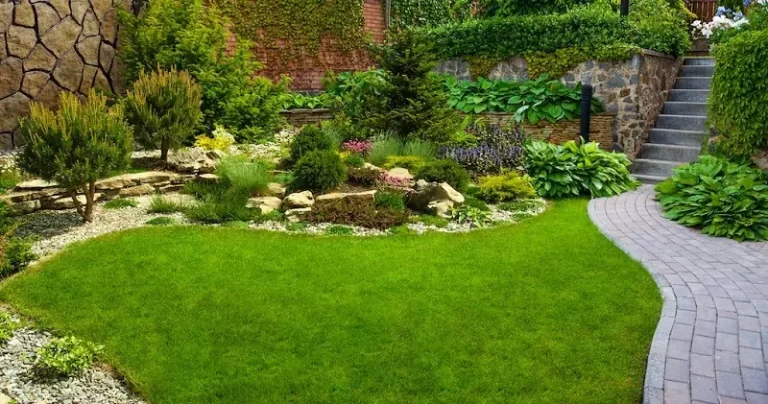
Before starting landscaping, it is important to carefully plan the space. A small garden requires maximum use of every centimeter:
- Divide the space into zones: Even a small garden can be divided into functional zones, such as a recreation area, a flower garden or a vegetable garden. This will help avoid the feeling of chaos and make the garden more structured.
- Use vertical solutions: Walls, fences and trellises can be used for vertical gardening, which will add volume to your garden and save space on the ground.
- Create focal points: Placing accent pieces such as sculptures, fountains or even bright flower beds will help direct the eye and make the garden look bigger.
2. Selection of plants
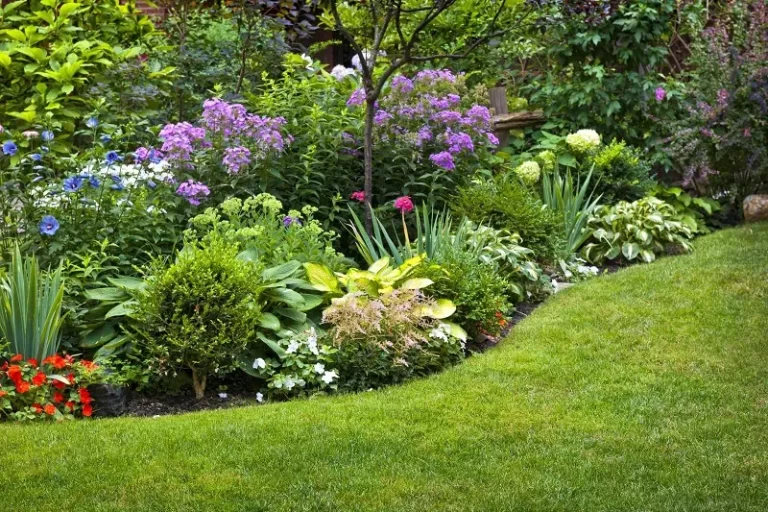
Plants play a key role in the design of a small garden. It is important to choose such plants that look good throughout the season and do not take up much space:
- Compact varieties: Choose compact varieties of plants, such as dwarf trees or low-growing shrubs, which will not clutter the space.
- Plants with different flowering periods: To keep your garden beautiful throughout the year, choose plants with different flowering periods. This will ensure a constant change of colors and textures.
- Planters and containers: Using planters allows you to change the arrangement of plants in the garden depending on the season or mood.
3. Space optimization
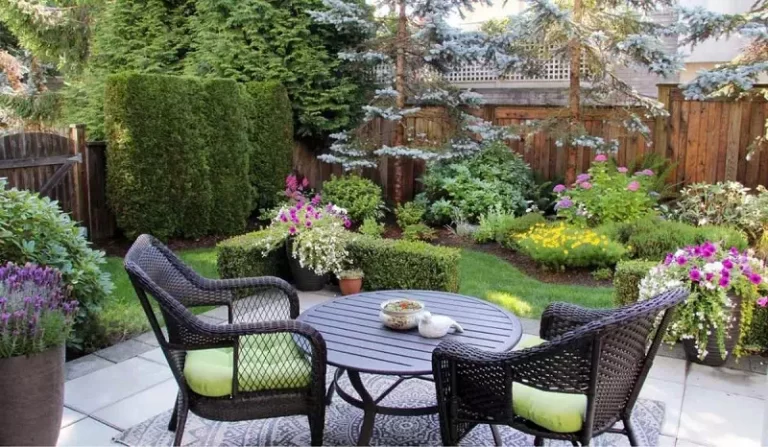
A small garden requires careful use of space. There are several ways to make your garden more spacious and comfortable:
- Playing with perspective: Use paths that gradually narrow and plants that range from lower to taller to create the illusion of depth.
- Mirrors: Placing mirrors on walls or fences can visually double the size of your garden.
- Light materials: Use light and transparent materials for furniture and decor so that they do not look bulky.
4. Lighting
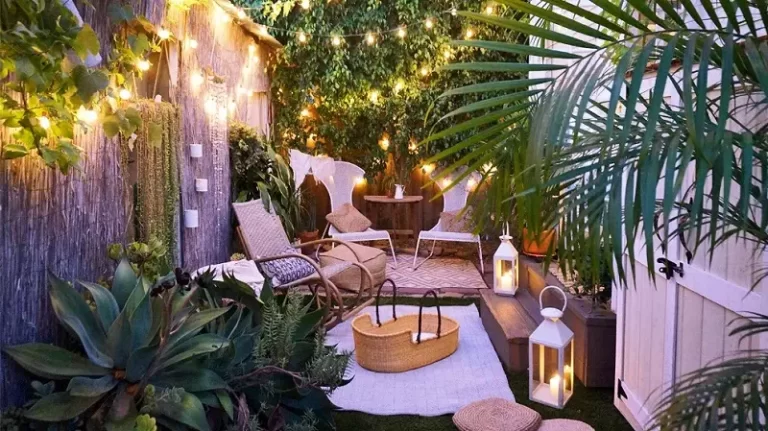
Correct lighting can significantly change the perception of a small garden:
- Soft lighting: Use the lighting of plants, paths and other elements to create a cozy atmosphere at night.
- LED strips: Install LED strips along paths or on walls to emphasize the contours of the garden.
- Solar lamps: Using solar lamps saves energy and allows you to easily change their location depending on your needs.
5. Water as a design element
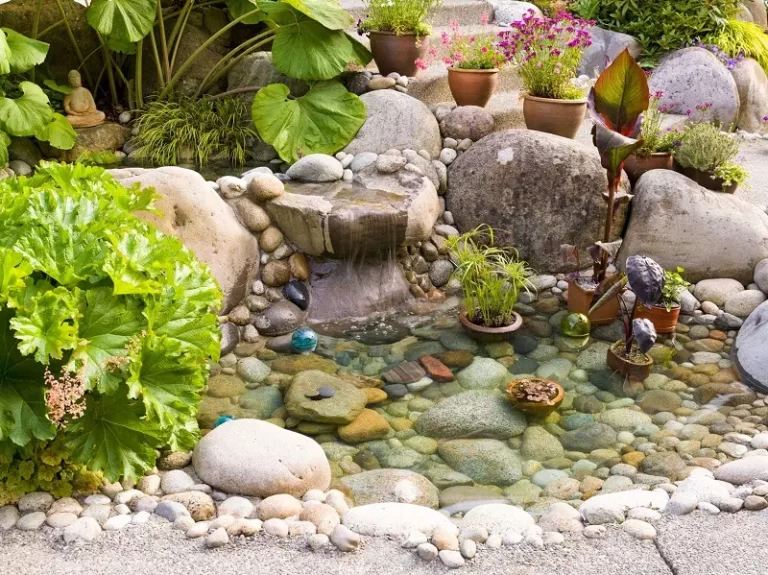
Adding water features, even to a small garden, can create a peaceful atmosphere:
- Mini-fountains: A small fountain or waterfall can become the centerpiece of the garden.
- Water Bowls: A simple yet elegant way to add water to your garden is by using water bowls.
- Ponds: If possible, consider creating a small pond to attract birds and other animals to your garden.
6. Use of decorative elements

Correctly selected decorative elements can give your garden individuality and style:
- Pots and planters: Choose pots with interesting designs that can be placed throughout the garden.
- Decorative Stones: Use stones to create paths, rock gardens or simply as decorative accents.
- Swings and benches: Even in a small garden you can find a place for a small bench or swing, which will make it a cozy place to relax.
Landscaping for a small garden can be an exciting and creative process. Using the right techniques and approaches, you can create a harmonious and attractive space where you can enjoy nature regardless of its size. Remember the importance of planning, choosing the right plants and decorative elements that will help make the most of every corner of your garden.


